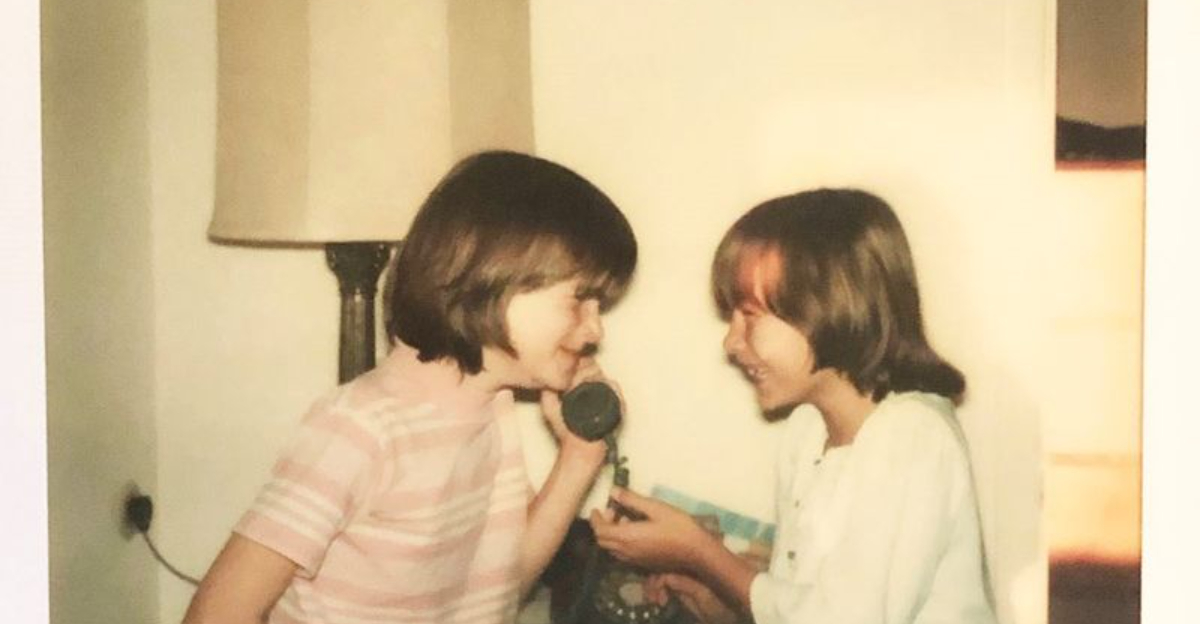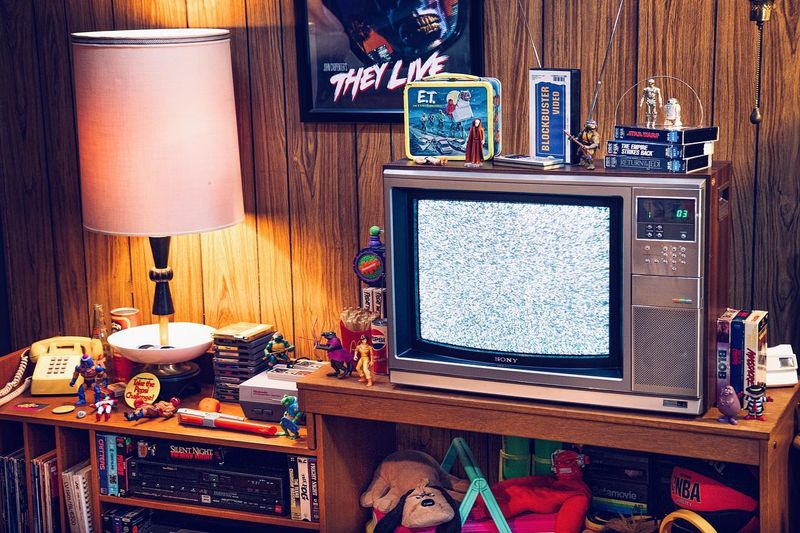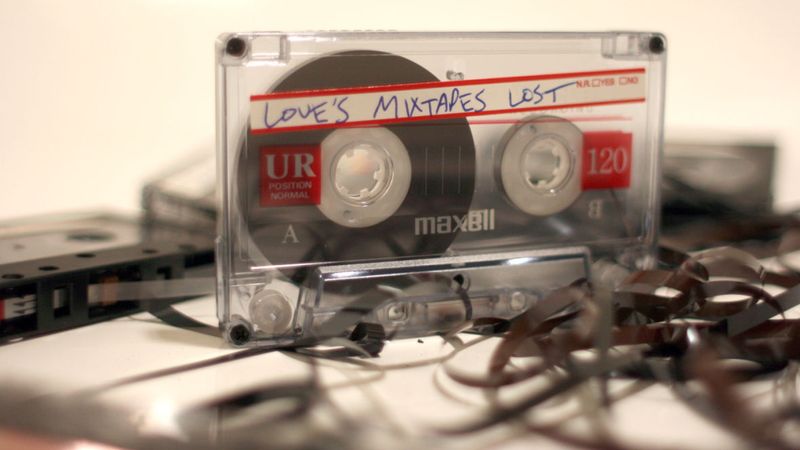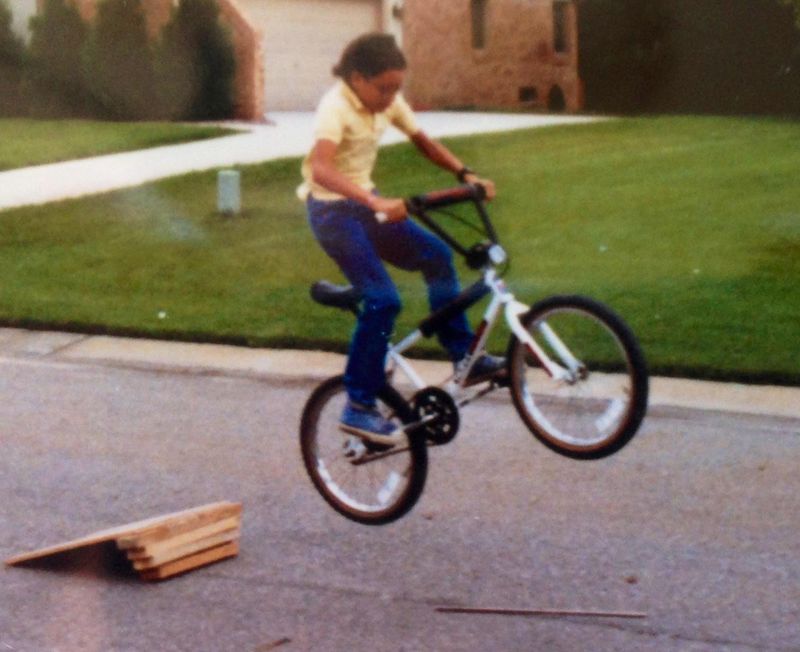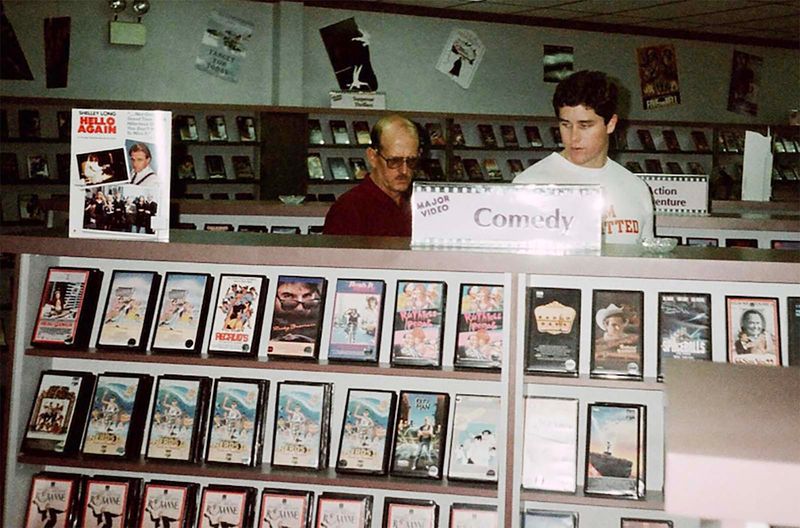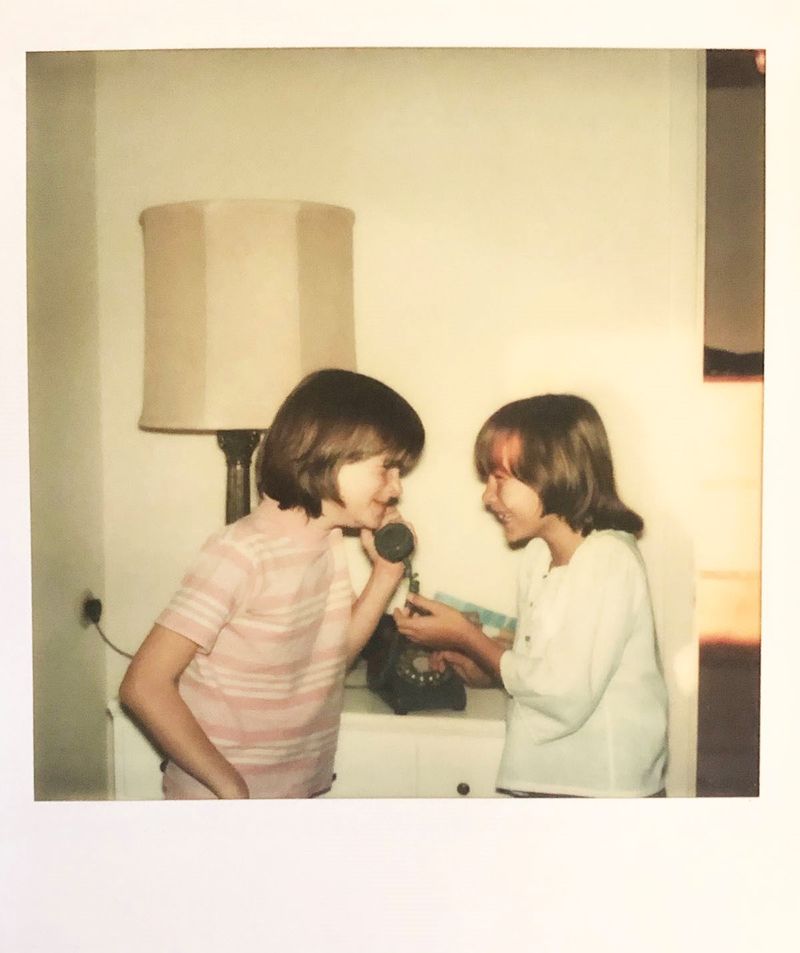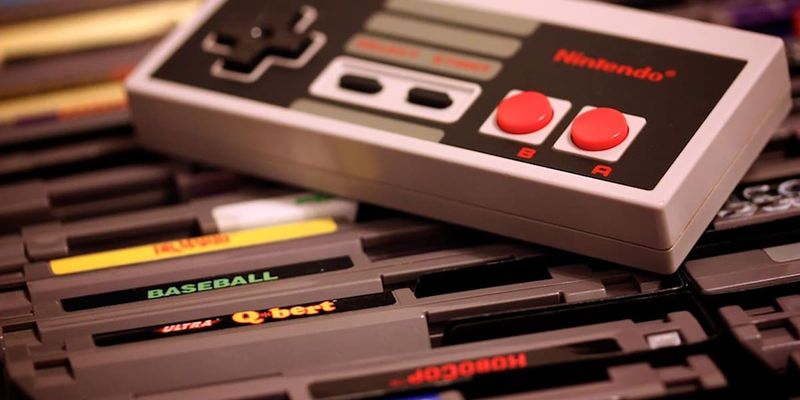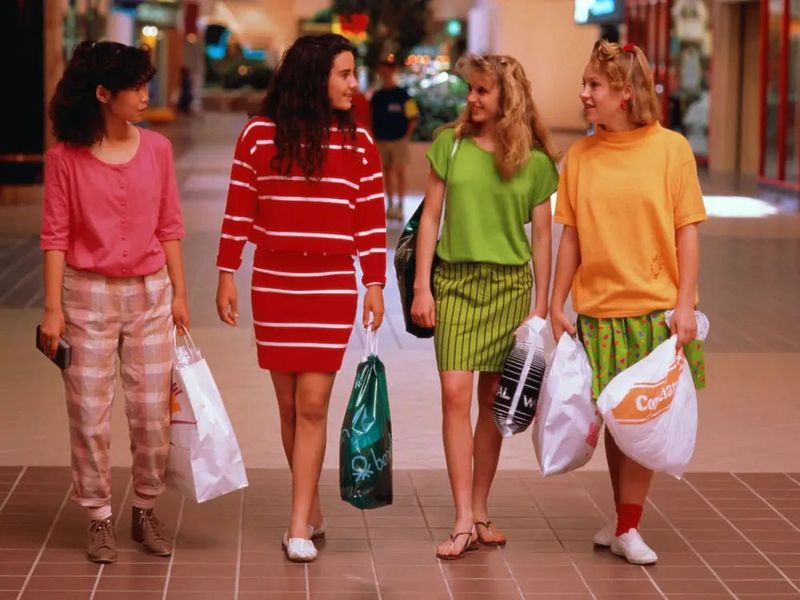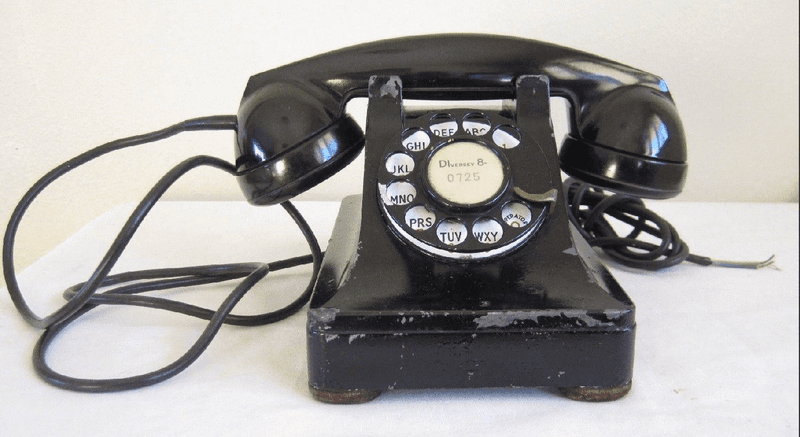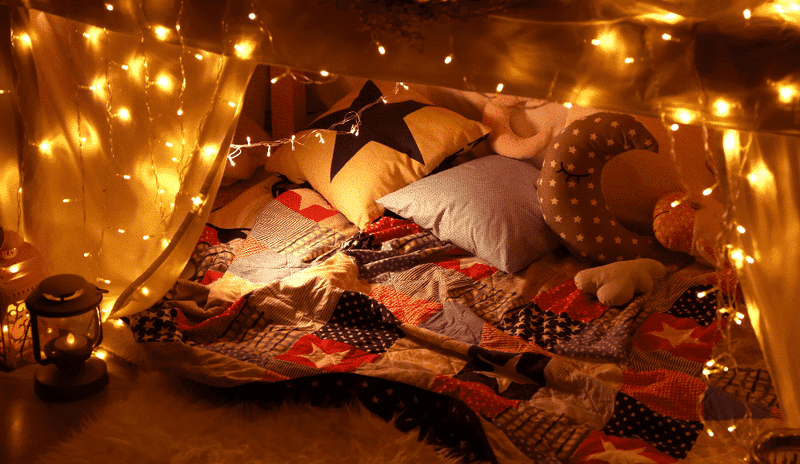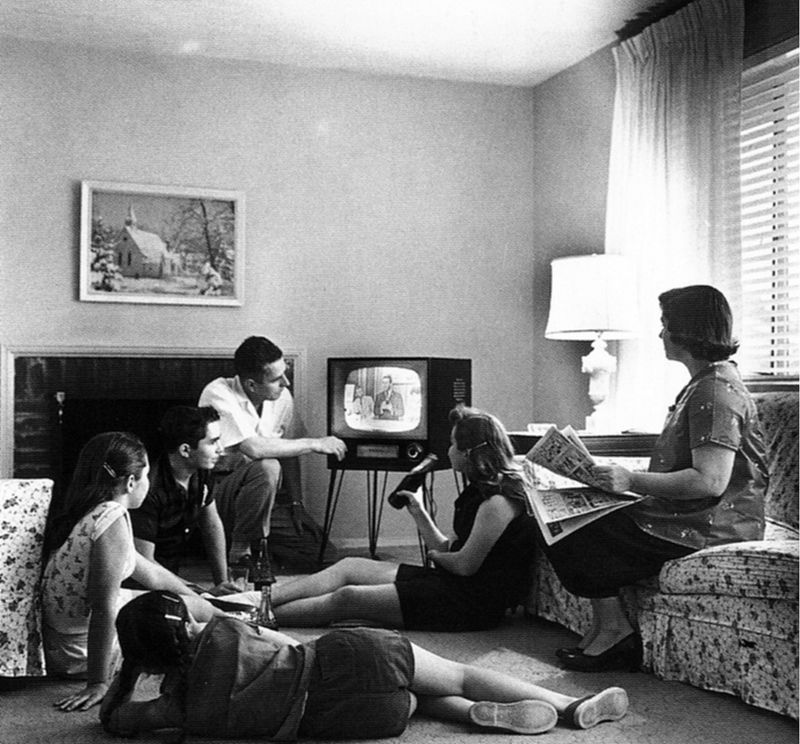Remember racing home after the final school bell, eager to dive into those precious hours of freedom? For kids growing up in the 1980s, after-school time meant adventures without smartphones, social media, or helicopter parents hovering nearby. We created our own entertainment with whatever was at hand, and somehow, those simple pleasures left lasting memories that today’s kids might never understand.
1. Rushing to Catch Saturday Morning Cartoons
Cartoons weren’t available on-demand in the 80s. If you missed your favorite show on Saturday morning, you were out of luck until next week! No streaming, no recordings – just that magical block of time when networks aired animated shows specifically for kids.
The anticipation was part of the experience. Friday nights, we’d plan our viewing schedule, knowing exactly which channel played what at specific times. Some families even had special cartoon-watching snacks or traditions.
Shows like Transformers, G.I. Joe, Smurfs, and Thundercats dominated these morning lineups, creating shared cultural touchpoints for an entire generation of kids.
2. Making Mixed Tapes from Radio Songs
Armed with blank cassettes and boundless patience, we’d hover near the radio for hours. Fingers poised over the record and pause buttons, we waited to capture favorite songs when they played. The timing had to be perfect to avoid recording the DJ’s voice!
Creating the perfect mixed tape was an art form. We’d carefully plan song order, sometimes even writing custom labels with colorful markers. These personalized music collections became prized possessions and heartfelt gifts for friends or crushes.
The analog imperfections – slight static, partial lyrics, or the occasional background noise – gave each tape its unique character.
3. Riding Bikes Without Helmets or Supervision
Freedom came on two wheels in the 80s. We’d jump on our bikes after school and disappear until dinner time, no cell phones, no GPS tracking, just a vague instruction to “be home before dark.” Parents rarely knew exactly where we were, and somehow that was completely normal.
Our bikes took us everywhere – to friends’ houses, corner stores, or just exploring neighborhoods beyond our own. The cool kids had BMX bikes or added playing cards to the spokes for that satisfying clicking sound.
Safety equipment? What safety equipment? Helmets were rare, and knee pads were for serious skateboarders, not everyday bike riders.
4. Playing Outside Until the Streetlights Came On
The universal signal that playtime was over didn’t come from a smartphone alert but from streetlights flickering to life. When those amber glows appeared, kids across America knew it was time to head home, no matter what game was in progress.
Neighborhood games sprawled across multiple yards with ever-changing boundaries. Kick the can, freeze tag, ghost in the graveyard – these games required nothing but imagination and energy. The rules were negotiated on the spot, with occasional heated debates that somehow always resolved themselves.
Houses became pit stops for quick drinks from garden hoses before racing back to the action.
5. Navigating the Video Rental Store
Friday nights often meant family trips to Blockbuster or the local video store. Walking those aisles was a sensory experience – the smell of plastic cases, the colorful movie posters, and rows upon rows of possibility. The pressure to choose the perfect weekend entertainment was real!
The disappointment of finding an empty case for the movie you wanted was crushing. You’d settle for something else, often judging options solely by their cover art. The horror section, with its gruesome images, was both terrifying and irresistible to peek at.
“Be kind, rewind” wasn’t just a slogan – forgetting meant extra fees!
6. Mastering the Art of Prank Phone Calls
Long before caller ID ruined the fun, prank calls were a rebellious after-school activity. Huddled around a landline phone with friends, stifling giggles, we’d ask unsuspecting victims if their refrigerator was running or whether they had Prince Albert in a can.
The thrill came from the anonymity – the person on the other end had no idea who was calling! Phone books provided endless targets, though we usually avoided calling neighbors who might recognize our voices.
Sometimes we’d dial random numbers and hang up immediately when someone answered. It seems pointless now, but at the time, it felt like the height of mischievous adventure.
7. Struggling with Nintendo Games Without Internet Help
When the Nintendo Entertainment System arrived in living rooms, it changed after-school entertainment forever. But unlike today, we had no YouTube walkthroughs or online forums when we got stuck on a difficult level. Success required persistence, trial and error, and playground knowledge exchange.
The cartridges sometimes needed the infamous “blow in it” treatment to work properly. We’d remove the game, blow forcefully into the bottom, and reinsert it – a troubleshooting technique passed down through the kid grapevine.
Game secrets spread through word of mouth or gaming magazines. Finding the warp whistle in Super Mario Bros. 3 felt like discovering buried treasure!
8. Waiting for Film Photos to Be Developed
Capturing memories meant using actual film with a limited number of shots. We’d carefully compose each photo, knowing we only had 24 or 36 chances on the roll. No deleting mistakes or taking multiple versions to get the perfect shot!
After filling a roll, the agonizing wait began. Dropping film at the photo counter meant waiting days or even a week before discovering if your pictures turned out. The anticipation of picking up that envelope of prints was uniquely thrilling.
Half-closed eyes, random thumbs over the lens, and unexpected photobombs were all permanent parts of our photo history – imperfections we now find charming in their authenticity.
9. Calling Friends on the Family’s Only Phone
The kitchen wall phone with its tangled cord was the communication hub for the entire family. Making a call meant standing in a central location where everyone could hear your conversation. Privacy was achieved by stretching the spiral cord as far as possible – maybe into a closet or around a corner.
Busy signals were relationship roadblocks. If your friend’s line was busy, you had no choice but to try again later. Some households had the luxury of call waiting, but many didn’t.
The ultimate status symbol was having your own phone line or at least a phone in your bedroom, though parents often monitored how long you talked.
10. Writing Notes on Actual Paper to Pass in Class
Before text messages, we communicated through elaborately folded paper notes. The folding techniques were an art form – triangles, rectangles, and complex origami-like creations that sometimes included pull-tabs or special opening instructions. “Do not open until math class” might be scrawled across the front.
Notes often included multiple-choice questions like “Do you like Mike? Yes, No, Maybe” with boxes to check. The stakes felt incredibly high when these messages were intercepted by teachers who might read them aloud.
Special pens, stickers, and bubble letters decorated these important documents. Some friends even developed secret codes or languages to prevent others from understanding their private conversations.
11. Spending Hours at the Mall Just Hanging Out
Malls were the ultimate teenage social destinations in the 80s. We’d wander for hours with no particular shopping agenda, just soaking in the atmosphere and hoping to spot friends or cute classmates. The food court was command central – the place to see and be seen.
Specific stores became hangout zones. Spencer Gifts with its edgy posters and gag items, arcades with their cacophony of game sounds, and music stores where you could listen to albums with headphones were all prime territory.
Mall security guards knew the regular teen crowds and often played cat-and-mouse games with groups that grew too large or loud.
12. Carefully Recording Songs from the Radio
Sunday afternoons were often dedicated to Casey Kasem’s American Top 40 countdown – the perfect opportunity to record your favorite hits. We’d prepare blank tapes in advance, labels ready, fingers hovering over the record button to capture songs while skipping commercials.
The strategic timing required was intense. You needed to press record the moment the DJ stopped talking but before the song really started. Missing the first few notes was heartbreaking, but catching DJ chatter was equally disappointing.
Those homemade music collections became soundtracks to our lives. Each tape represented hours of dedicated work, and the resulting audio quality was far from perfect but entirely precious.
13. Memorizing Phone Numbers and Addresses
Our brains were once filled with dozens of important phone numbers. Best friends, crush interests, home, grandparents – all committed to memory because there was no digital backup. Forgetting meant being unable to communicate!
Phone books hung by kitchen phones, but the personal directory in your head was far more efficient. Even now, many 80s kids can still recall their childhood best friend’s number, though they might forget what they ate for lunch yesterday.
Address books existed, but they were for adults. Kids maintained mental maps of the neighborhood, knowing exactly which houses belonged to friends and which yards to avoid because of cranky neighbors or scary dogs.
14. Building Forts Out of Couch Cushions and Blankets
Living room architecture reached its pinnacle when parents weren’t home to protect the furniture. We’d strip couches of their cushions, drag chairs into position, and create elaborate structures using every blanket in the house. These temporary castles became command centers for imaginary adventures.
Flashlights transformed ordinary forts into magical spaces where shadow puppets danced on fabric walls. Snacks smuggled inside made the experience even more special – though crumbs often led to the fort’s eventual discovery and dismantling.
Building techniques were passed down like secret knowledge. The best forts had multiple rooms, secret entrances, and could withstand the inevitable cat investigation or sibling invasion.
15. Watching TV Shows When They Actually Aired
Missing your favorite show meant truly missing it – possibly forever. We planned our schedules around TV Guide listings, making sure to be in front of the set for those can’t-miss episodes. The phrase “I can’t, my show is on” was a legitimate excuse for avoiding other activities.
Commercial breaks became strategic opportunities for bathroom runs, snack gathering, or quick chores. The real pros knew exactly how long they had before their program resumed.
Specials like “The Wizard of Oz” or “Charlie Brown Christmas” were annual events that families gathered for, knowing they wouldn’t have another chance to watch until next year. This scarcity made these viewings feel genuinely special.
